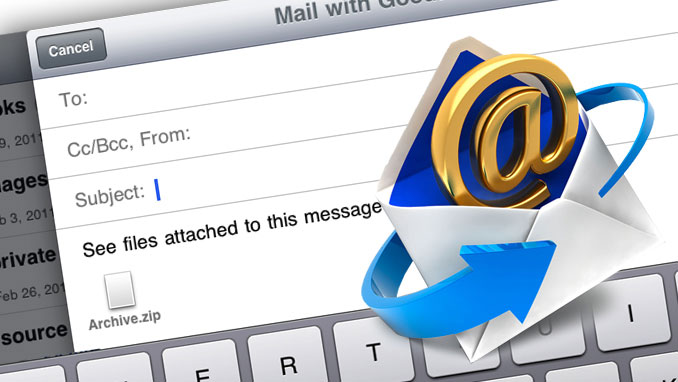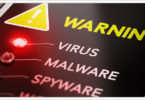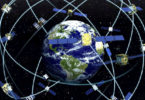Email vs Instant Messaging
Summary: Difference Between Email and Instant Messaging is that Today, e-mail is a primary communications method for both personal and business use. You use an e-mail program to create, send, receive, forward, store, print, and delete e-mail messages. While Instant messaging (IM) is a real-time Internet communications service that notifies you when one or more people are online and then allows you to exchange messages or files or join a private chat room with them.

E-mail (short for electronic mail) is the transmission of messages and files via a computer network. Today, e-mail is a primary communications method for both personal and business use. You use an e-mail program to create, send, receive, forward, store, print, and delete e-mail messages. Outlook and Windows Live Mail are two popular desktop e-mail programs.
Send an e-mail message using Outlook; Gmail and Windows Live Hotmail are two popular free e-mail Web applications. The message can be simple text or can include an attachment such as a word processing document, a graphic, an audio clip, or a video clip. Just as you address a letter when using the postal system, you address an e-mail message with the e-mail address of your intended recipient. Likewise, when someone sends you a message, he or she must have your e-mail address. An e-mail address is a combination of a user name and a domain name that identifies a user so that he or she can receive Internet e-mail. A user name is a unique combination of characters, such as letters of the alphabet and/or numbers, that identifies a specific user.
In an Internet e-mail address, an @ (pronounced at) symbol separates the user name from the domain name. Your service provider supplies the domain name. A possible e-mail address for Kiley Barnhill would be [email protected], which would be read as follows: K Barnhill at e site dot com. Most e-mail programs allow you to create an address book, or contacts folder, which contains a list of names and e-mail addresses.
When you send an e-mail message, an outgoing mail server that is operated by your Internet access provider determines how to route the message through the Internet and then sends the message. As you receive e-mail messages, an incoming mail server — also operated by your Internet access provider — holds the messages in your mailbox until you use your e-mail program to retrieve them. Most e-mail programs have a mail notification alert that informs you via a message and/or sound when you receive new mail.
Instant Messaging
Instant messaging (IM) is a real-time Internet communications service that notifies you when one or more people are online and then allows you to exchange messages or files or join a private chat room with them. Real time means that you and the people with whom you are conversing are online at the same time. Some IM services support voice and video conversations. For IM to work, both parties must be online at the same time. Also, the receiver of a message must be willing to accept messages.
To use IM, you may have to install instant messenger software on the computer or device, such as a smart phone, you plan to use. Some operating systems, such as Windows, include an instant messenger. Few IM programs follow IM standards. To ensure successful communications, all individuals on the contact list need to use the same or a compatible instant messenger.
Also Read:
Difference Between Email and Letter
Difference Between Email and Isp
Difference Between Mailing List and Newsgroup







Leave a Comment
You must be logged in to post a comment.